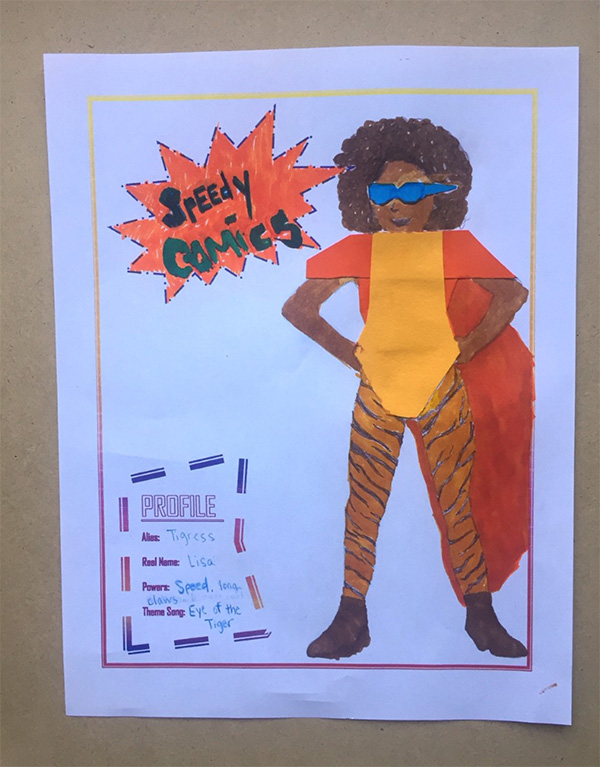You can find courageous women who changed history throughout the National Gallery’s collection.
Queen Zenobia of Palmyra (in Syria) led her soldiers to challenge the Roman Empire, an unusual role for a woman in the 3rd century CE.

Giovanni Battista Tiepolo, Queen Zenobia Addressing Her Soldiers, 1725/1730, oil on canvas, Samuel H. Kress Collection, 1961.9.42
Joan of Arc was only 18 years old when, acting on spiritual visions, she led the French army to victory at Orléans during the Hundred Years’ War. Condemned by the church in her time, today she is the patron saint of France.

Louis Maurice Boutet de Monvel, The Turmoil of Conflict (Joan of Arc series: IV), c. late 1909-early 1913, oil and gold leaf on canvas, Corcoran Collection (William A. Clark Collection), 2015.19.37
Harriet Tubman escaped slavery in 1849 and spent the next decade risking her life to lead more than 300 people to freedom through the Underground Railroad, an elaborate secret network of safe houses.

Elizabeth Catlett, Untitled (Harriet Tubman), 1953, linocut, Reba and Dave Williams Collection, Florian Carr Fund and Gift of the Print Research Foundation, 2008.115.37
These are just a few of the real-life women you’ll find in our collection. Explore works by and about these women, and design a book cover starring your own superhero inspired by their strength and courage.
You will need:
- Scrap paper (old newspapers, magazines, construction paper)
- Scissors
- Glue
- Markers, colored pencils, or crayons
- A printer (to print a copy of this superhero template)
1. Gather your art materials. Print out the book cover template.

2. Develop your superhero’s profile. Add a name, superhero alias, superpower, and the title of a theme song in the provided spaces. Remember, superpowers don’t need to be bigger than life. They can be personal traits, such as creativity, or a special skill like drumming.
Tip: Think about people you admire. What qualities make them special?

3. Give your book a title. Write the title at the top of the page in bold, colorful letters.

4. Next, design a costume. Decorate it using both collage materials and markers, colored pencils, and crayons.
Tip: Consider which colors convey your hero’s personality or superpower. Warm colors, like red, orange, and yellow, represent fire, energy, and passion. Blue, green, purple, and other cool colors symbolize calm, strength, and new beginnings.

5. Design a background for your cover. It can be an abstract pattern or a specific location, such as the area your superhero protects.

What kind of adventures would your superhero go on? Where does the story go from here? As you keep the story going, be sure to use materials and drawing styles that best illustrate your superhero’s amazing abilities.
Art in your inbox
Our weekly email features news, events, exhibitions, and more.
